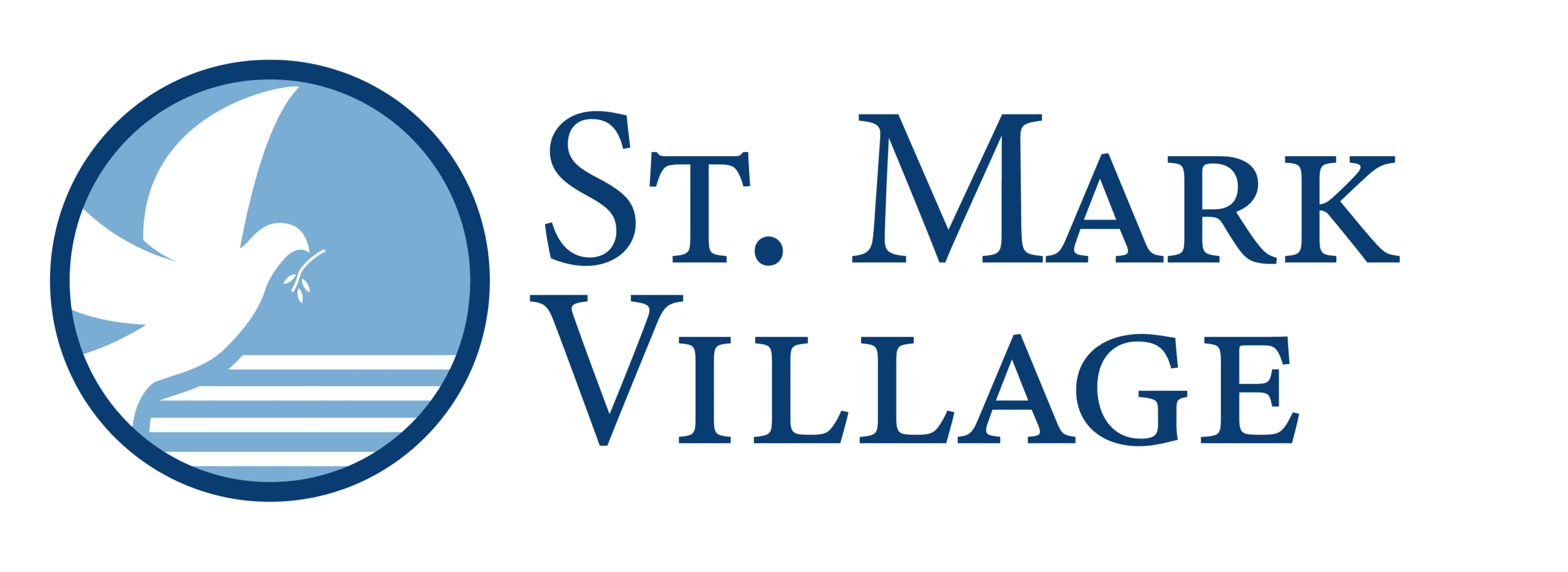
Fiber, sodium, daily value, good cholesterol, bad cholesterol, trans fats, added sugars… reading nutrition labels can make your head spin. Being able to make the right choices in the grocery store is so important for seniors trying to maintain a healthy diet, though. Here’s a quick lesson that can help you better understand nutrition labels and bring home a bag of healthy foods.
The basics of reading nutrition labels
Serving size
This is where the rubber meets the road. Because the more you eat, the more calories you consume.
It’s important to remember that the serving size is based on the amount of food that people may typically eat at one time, not a recommendation of how much to eat. While the information on the label is based upon this serving size, don’t forget that the container may hold more than one serving. If so, there will be an additional column listing the calories and nutrients for the entire container.
How much should you eat?
The USDA has some recommendations for serving and portion sizes for seniors based on a 2,000 calorie diet:
- Vegetables: 2 to 3 cups. High in fiber and loaded with nutrients, veggies are a must on a healthy senior’s menu. Eat more vegetables and your digestion will improve, which helps prevent a host of ailments. A few suggestions are broccoli, beets, carrots, and broccoli. Beans are also good for their fiber and protein.
- Fruits: 1.5 to 2 cups. Another great source of fiber, as well as vitamin C, and so good for immune health. Pears, apples, bananas and mangoes are good choices. Berries will give you the antioxidants and anti-inflammatory compounds you need.
- Grains: 5 to 8 ounces. Despite some occasional bed press, grains aren’t the enemy; processed grains are—those found in sugary cereals or processed goods like doughnuts or canned biscuits. Whole grains like brown rice, quinoa, and barley are excellent choices.
- Dairy: 3 cups. It’s a challenge, but try to limit your dairy intake to low fat or fat-free choices. And by all means add Greek yogurt to your diet. It’s packed with protein and is naturally low in fat.
- Protein: 5 to 6.5 ounces. Again, fat is the bad guy here, which is why you want to get your protein from Greek yogurt, chicken, pork, and fish. In fact, fatty fish such as salmon, mackerel and sardines belong on your dinner plate at least twice a week. Why? They benefit your joints, muscles and brain.
Download our free guide, Just The Facts: Your Guide to Independent Living.
Percentage of the Daily Value
According to the FDA, the % Daily Value (%DV) on nutrition labels shows how much of a nutrient in a serving of the food contributes to a total daily diet. Daily Values are reference amounts (in grams, milligrams, or micrograms) of nutrients to consume—or not to exceed—each day.
Generally, 5% DV or less is considered low. 20% DV or more of a nutrient per serving is high.
Specifically, if you are wanting to maintain a 2,000 calorie (a day) diet, you want to achieve these Daily Values:
- Dietary fiber: Daily Value (DV) of 28 grams. According to the Mayo Clinic, dietary fiber is important for bowel health. It increases the weight and size of stool and softens it, helping to lower the risk of developing hemorrhoids and small pouches in the colon. Studies suggest fiber also can lower the risk of colorectal cancer.
- Calcium: Daily Value (DV) of 1,300 milligrams per day. Calcium can reduce the risk of fractures, osteoporosis and diabetes. It also facilitates muscle and nerve function, blood clotting, and hormone secretion.
- Vitamin D: Daily Value (DV) of 20 milligrams. Vitamin D helps your body absorb calcium and boosts bone health. It also helps manage blood pressure. Vitamin D deficiency may lead to osteoporosis, muscle weakness, hip fractures, diabetes, cancer, heart disease, arthritis and poor general health.
- Potassium: Daily Value (DV) of 4,700 mg per day. Potassium plays an important role in how cells function and has been shown to help reduce high blood pressure and the risk of kidney stones.
What do you really want to see on nutrition labels?
- High dietary fiber, vitamin D, calcium and potassium
- Low saturated fat and low sodium
- Low cholesterol
- Low in added sugars
Nutrition is just one part of healthy aging. At St. Mark Village, we have designed a wellness program that focuses on the whole person. We call it Wellness Matters… and we’d love to tell you more about how we work with residents to create and implement customized wellness plans to achieve their wellness goals.
Wellness centered on you. Download our free guide, Just The Facts: Your Guide to Independent Living. Or contact us. We’d love to hear from you.


